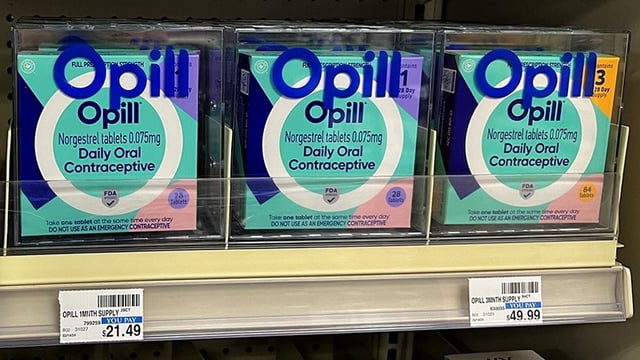Overview
- A JAMA Network Open study of 986 people in 44 states compared over-the-counter users with prescription users between April 2024 and February 2025.
- OTC access was associated with a 31.8 percentage-point rise in starting contraception among prior nonusers and a 41.0-point increase in switching from less-effective methods.
- Over-the-counter users were more likely to be uninsured, adolescents, rural residents, and from Black or Latina communities, with higher representation from the South.
- The OTC option is Opill, a progestin-only pill sold in pharmacies and online, with typical retail prices reported at about $50 for a three-month supply.
- Researchers emphasize the early, cross-sectional nature of the data and the need for longer-term evidence on continuation, adherence, insurance reimbursement, and unintended pregnancy outcomes.



